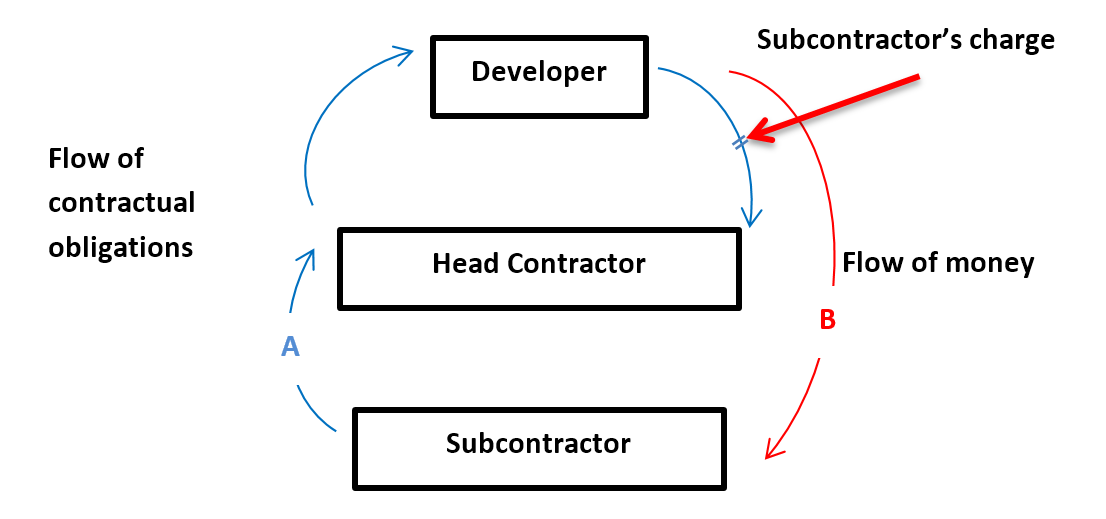(THE SUBCONTRACTORS CHARGES ACT 1974)
When a head contractor in a construction or building project goes to the wall, the repercussions for contract builders and subcontractors can be severe.
Subcontractors are often well down the line for payment when administrators or liquidators step in and take over the affairs of the developer.
However, if there is still money in the hands of the developer, then all is not necessarily lost.
Securities for Payment for Subcontractors
In Queensland, the relevant pieces of legislation are:
- Building Industry Fairness (Security of Payment) Act 2017 (BIFA);
- Building and Construction Industry Payments Act 2004 (BCIPA); and
- Subcontractors Charges Act 1974 (SCA).
In 2018, some parts of the BIFA came into force and most participants in the building and construction industry are now aware that some government building projects will come under the new project bank accounts regime. However, until the rest of BIFA is proclaimed (anticipated to be in December 2018), the BCIPA and SCA will continue to apply.
A subcontractor who is seeking to enforce payment from a higher order contractor or developer may use one but not both of the BCIPA and SCA frameworks to pursue payment.
There are strengths and limitations inherent in each and a number of Australian states have recently reviewed or are in the process of reviewing how to improve the operation of the current frameworks to provide better security of payment for subcontractors. BIFA represents Queensland’s approach to that issue.
The focus of this article is the SCA.
Subcontractors Charges Act
The SCA creates a security interest over the right that the head contractor has to receive payment from a developer in relation to “work” as it is defined in the SCA.
Provided the proper timeframes and procedures in the SCA are adhered to, the subcontractor can take advantage of that security interest to by-pass the head contractor and claim payment directly from the developer (“B” in the diagram below).

This allows the subcontractor to skip the flow of contractual obligations that would otherwise restrict its claim to the head contractor alone (“A” in the diagram above).
If the head contractor is being wound up in liquidation, the SCA can put the subcontractor at the front of the line for payment before unsecured creditors and even other secured creditors of the head contractor.
A note of caution:
- The SCA contains strict timeframes and procedures.
- The subcontractor’s charge will not be of any practical use if the developer has already paid the money to the head contractor.
- A claim must be in relation to ‘work’ as defined in the SCA.
- A claim is only as good as the head contractors’ right to payment from the developer – liquidated damage clauses can erode the pool of funds.
Where to?
Prevention is generally better than the cure.
If you are considering entering into a subcontractor arrangement, it is prudent to get proper advice on not only the subcontract, but the head contract and all project documents. This can help identify potential pitfalls and allow you to formulate your risk strategy.
If you are having difficulty getting paid, you need to act quickly and, again, good advice and representation is critical.
It is important to seek specific advice regarding your circumstances as this fact sheet provides general information only and does not constitute legal advice. Contact our Rockhampton Solicitors today.


